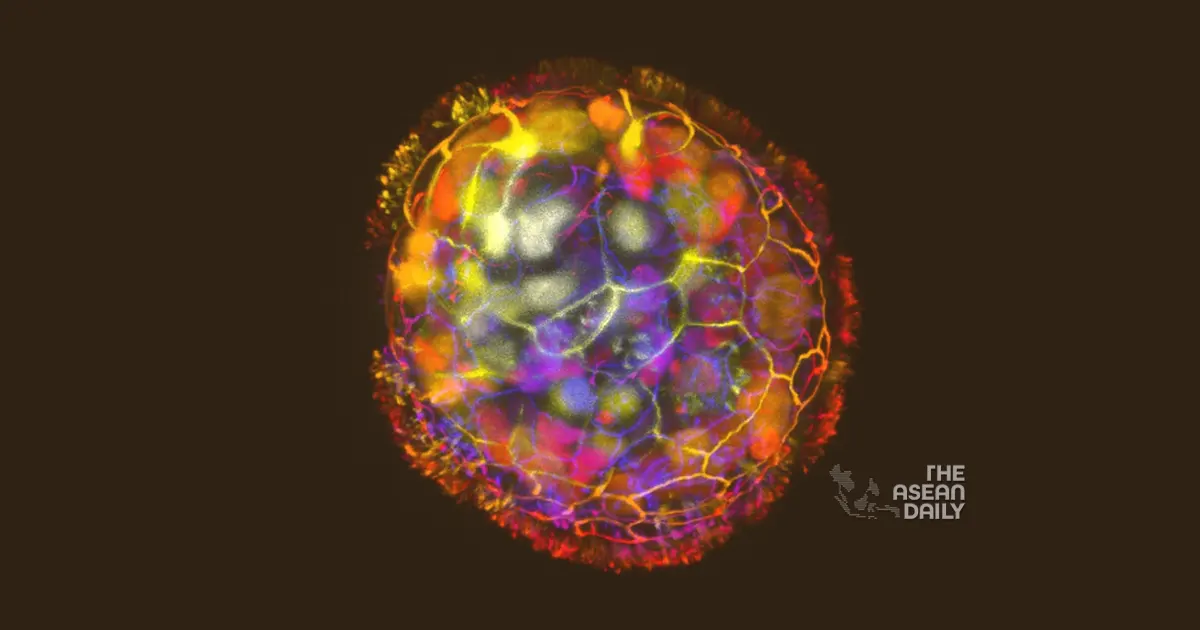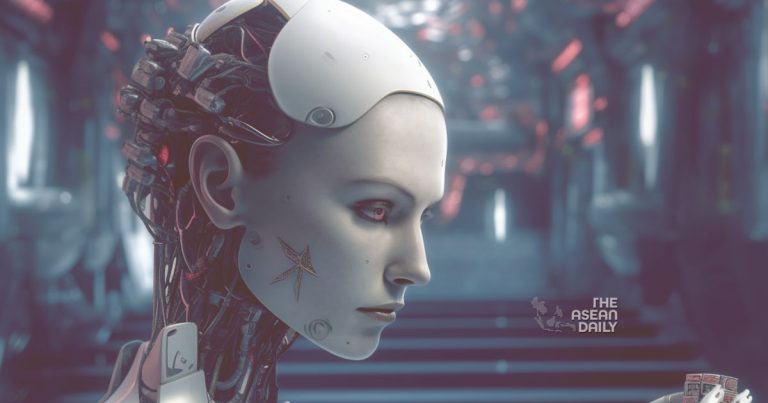9-12-2023 (HONG KONG) Scientists at Tufts University in (Boston) have achieved a groundbreaking feat by creating microscopic biological robots, known as “anthrobots,” using human cells. These tiny robots, measuring between the width of a human hair and the tip of a sharpened pencil, have the ability to move, heal wounds, and promote neuron growth, opening up possibilities for various medical applications. However, the creation of these anthrobots also raises profound questions about human nature and free will.
The anthrobots are constructed from human tracheal cells without any genetic modification. Tracheal cells typically possess cilia, hair-like projections that beat in waves to clear the airways. When these cells are grown in the lab as organoids, the cilia spontaneously coordinate their movements, propelling the anthrobots across surfaces.
Lead author Gizem Gumuskaya, who holds degrees in architecture and biology, explained that the aim was to explore the potential of cells beyond their default functions in the body. By reprogramming the interactions between cells, they were able to create new multicellular structures, similar to how stones and bricks can be arranged to form different architectural elements.
Surprisingly, the researchers discovered that the anthrobots not only took on new shapes but also exhibited purposeful collective behaviors. Clustered anthrobots, referred to as “superbots,” were capable of migrating through scratched “wounds” in layers of neuron cells, stimulating regrowth akin to a living bandage. Furthermore, the anthrobots encouraged the growth of thick bridge-like neurons, unlike areas without them.
Senior author Michael Levin, director of Tufts’ Allen Discovery Center, expressed astonishment at the ability of normal tracheal cells to move independently and promote neuron growth without modifying their DNA. The team is now investigating the mechanisms behind this healing process and exploring additional functions that these constructs can perform.

Beyond regenerative medicine, anthrobots offer a safer and less ethically controversial alternative to embryonic stem cells. They can only survive under specific laboratory conditions and naturally degrade within weeks. Anthrobots derived from a patient’s own cells also avoid immune rejection, unlike foreign cell sources. The researchers envision future applications where these anthrobots could deliver drugs within the body or aid in tissue engineering.
However, the creation of living machines using human cells blurs the boundary between technology and biology. If we can design cellular robots, it raises the question of whether humans themselves are merely biological automatons. Levin suggests that the cellular assemblies they construct in the lab possess capabilities that surpass their original functions in tracheal cilia, implying a level of programmability.
The debate surrounding free will and determinism in human nature has long intrigued philosophers. Neuroscience indicates that consciousness emerges from electrical activity between neurons, suggesting a mechanistic basis underlying our subjective experiences. Automatic bodily processes, like digestion, operate involuntarily, highlighting the extent to which our biology functions without conscious control.
Some scientists propose that our sense of self-determination is an illusion masking automatic cognitive processes evolved for survival. We have an inherent drive to make sense of our experiences and choices post hoc, even if they arise deterministically from genetics and external stimuli. This perspective challenges the notion of a ghost in the biological machine of our brain.
While the universe may not be entirely deterministic, with quantum physics revealing inherent randomness at the subatomic level, the existence of true free will remains scientifically unproven and philosophically debatable.
Anthrobots represent a significant milestone in humanity’s ability to engineer living systems that blur the line between machines and organisms. As biotechnology continues to advance, we may face both opportunities and profound challenges in altering cellular and cognitive functions. Just as anthrobots exhibit capabilities distinct from their original tracheal purposes, we may gain the power to transform ourselves in radical ways.
If we are indeed biological automatons, the question arises: who or what is programming us? As we manipulate the microscopic world of cells, are we simultaneously being shaped by forces larger than ourselves? The creation of anthrobots compels us to introspect and contemplate our own hybrid mechanical-spiritual nature. The answers to these questions may reshape society and redefine life as we know it. Regardless, our relentless pursuit of knowledge continues, sometimes outpacing our ethics and wisdom. Such is the double-edged sword of realizing our scientific potential, for better or worse.




